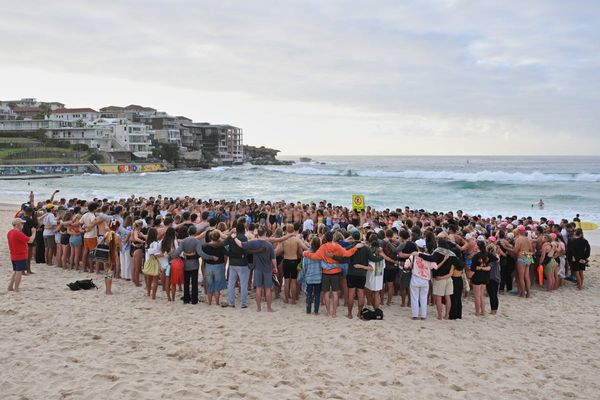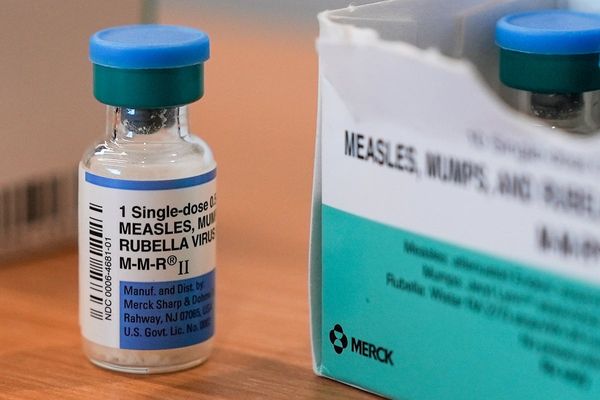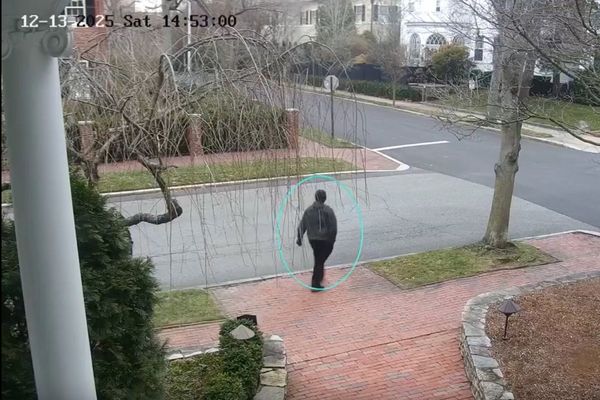Pope Leo XIV declared himself a Roman on Sunday, completing the final ceremonial steps in his role as the bishop of Rome.
Wearing his formal red papal cape and brocaded stole, Pope Leo XIV recalled the words he had uttered from the loggia of St Peter’s Basilica on the night of his election. The pontiff quoted St Augustine in saying, “With you I am Christian, and for you, bishop.”
“By special title, today I can say that for you and with you I am Roman,” Leo said.
Rome's Mayor Roberto Gualtieri welcomed Pope Leo XIV first at the steps to City Hall, noting that his May 8 election fell during a Holy Jubilee year, an event occurring every 25 years to invite pilgrims to Rome.
The city underwent two years of traffic-clogging public works projects to prepare and expects to welcome upward of 30 million people in 2025.
Pope Leo XIV felt a “serious but passionate responsibility” to serve all Romans during the Holy Year and beyond.
The first US-born pontiff formally took possession of the St John Lateran Basilica, which is Rome's cathedral and seat of the diocese, with an evening Mass attended by Roman priests and faithful.
He then took the popemobile for a visit to St Mary Major, where he prayed before Pope Francis' tomb and an icon of the Virgin Mary beloved to many Roman faithful. Last week, the pontiff visited the St Paul Outside the Walls basilica.
In his homily, Pope Leo XIV said he wanted to listen to them “in order to learn, understand and decide things together.”
One of the many titles that Pope Leo XIV assumed when he was elected 8 May was bishop of Rome — an honorific derived from the pontiff's role as the apostolic successor to Saint Peter, the founder of the Church.
The symbolic possession of the four papal basilicas completes his inauguration as the Church's supreme pontiff.
Given his responsibilities running the 1.4 billion-strong universal Catholic Church, the pontiff will likely delegate the day-to-day governance of the diocese of Rome to a vicar.
New pontiff prays for Chinese faithful
On Sunday, Pope Leo XIV asked for prayers for China’s Catholics to be in communion with the Holy See, as he made his first public remarks about one of the thorniest foreign policy issues facing his new pontificate.
The pope recalled that the Catholic Church marked a special feast day on Saturday to pray for the church in China.
Pope Leo XIV noted that on the feast day, “in the churches and shrines in China and throughout the world, prayers have been raised to God as a sign of the solicitude and affection for Chinese Catholics and their communion with the universal church.”
Speaking from his window during his noontime blessing, Leo prayed that Catholics in China and elsewhere “obtain the grace to be strong and joyful witnesses of the Gospel, even in the midst of trials, to always promote peace and harmony.”

Pope Leo XIV told the archbishop of Hong Kong, Cardinal Stephen Chow, that he had “visited China several times and got to know the Chinese culture and reality,” according to the Fides missionary news agency, citing comments Chow made in his diocesan weekly newsletter after the conclave.
Chow added that he expected Pope Leo XIV to follow Pope Francis' direction for the church in China.
He said he had given Pope Leo XIV a small statue of Our Lady of Sheshan, a statue of the Madonna that is particularly venerated by Chinese faithful and is celebrated on the feast day, 24 May.
Chow, a Jesuit, said he had implored Pope Leo XIV “to not forget the church in China and the Chinese people,” according to the newsletter.
The Vatican has been working for years to try to improve relations with China that were officially severed over seven decades ago when the Communist Party came into power under Mao Zedong.
Relations had long been stymied over China’s insistence on its exclusive right to name bishops as a matter of national sovereignty, while the Vatican insisted on the pope’s exclusive right to name them as the supreme pontiff of the Church.







